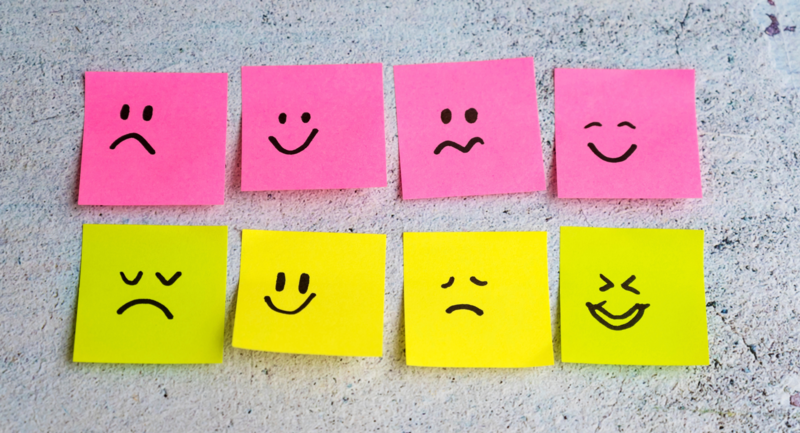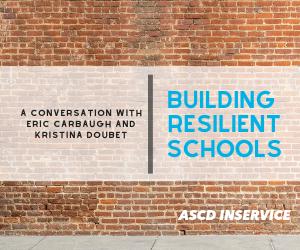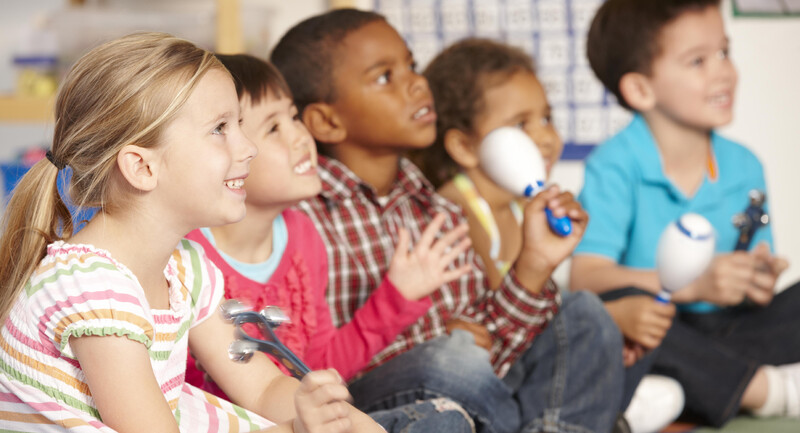A few years ago, when I was a 5th-grade advisor at Francis Parker School of Louisville, I had an advisee who arrived with an IEP that included various diagnoses, ranging from Oppositional Defiance Disorder to Disruptive Mood Dysregulation Disorder. This student faced some significant challenges. They occasionally would have sudden outbursts of anger, sometimes disproportionate to the situation, and struggled to cooperate with peers during group activities. They had a unique way of steering advisory lessons off-course or occasionally refusing to participate whatsoever.
One day in the spring of that school year, the 5th grade was buzzing with excitement about an all-day reading marathon. However, despite being a voracious reader, this student chose not to participate.
Recognizing their strong feelings, I found a quiet space for a conversation so they and I could talk through their reaction. The student confided that their reaction was the byproduct of a fear they harbored based on a well-known quote from Pam Allyn that a teacher had shared with their class in 3rd grade: “Reading is breathing in, and writing is breathing out.”
This student expressed a genuine worry that a day crammed with reading but devoid of writing would result in a "creative asphyxiation"—a phrase I will never forget coming from the mouth and mind of a 10-year-old. Based on what they shared, they and I agreed that they be allowed to keep a writing journal throughout the day, so they could breathe out when they were feeling “short of breath.” It was a simple and effective solution, one that they might have thought of on their own had the student possessed the self-advocacy skills to know how to ask for what they needed.
This student wasn't inherently defiant or disruptive but rather lacked essential self-advocacy and self-regulation skills.
For too long, I found myself defining this student by their diagnoses. Each challenging lesson convinced me they were intrinsically oppositional; every outburst seemed to confirm their uncontrollable nature. However, a single enlightening conversation revealed the heart of the matter: this student wasn't inherently defiant or disruptive but rather lacked essential self-advocacy and self-regulation skills. This revelation transformed my team's approach. Over the next few years, we focused on enhancing this student’s executive functioning abilities. We organized weekly executive functioning sessions with our learning support specialist, scheduled regular and recurring check-ins with our division's counselor, and implemented a host of advisory lessons tailored to building not only their but also their classmates' executive functioning toolkit. Remarkably, thanks largely to their efforts, and with support from our school staff, this student eventually shed their IEP.
Tools to Empower Students
At the school where I am now principal, we understand that middle schoolers, with their whirlwind of emotions and developing cognition, need more than just instruction—they need empowerment. It's not merely about managing immediate responses; it's about equipping them with tools for self-regulation and self-advocacy. While the path to fostering these skills isn’t straightforward and demands patience, there are many long-term benefits. My school team started responding with empathy and insight to help students harness their potential, preparing them for challenges inside and outside the classroom.
Here are a few ways we strive to go about this:
Know Their Cues
Recognizing personal, emotional, and mental cues is the first step toward effective self-regulation. By "cues," we mean the specific signs or signals each individual unconsciously exhibits when they're about to experience a strong emotion or reaction. These cues are unique to each person and can range from physical symptoms, such as a change in posture or facial expression, to verbal cues, like a change in tone or pace of speech. By encouraging students to acknowledge these cues, we set the groundwork for proactive behavior management. While structured settings like advisory sessions can offer role-playing exercises that simulate real-world situations, our positions as administrators present a unique advantage. Daily interactions with students during actual moments of dysregulation grant us the chance to mold these encounters into transformative experiences. Rather than instinctively moving to disciplinary measures, it becomes our responsibility to shift the narrative. Steering these situations toward guided self-reflection can empower students to delve deeper into understanding their personal triggers and early warning signs, thereby preempting potential dysregulation.
Once a student can identify their immediate instinctive reaction, they can juxtapose it with a more measured response.
Use Their “Logic Minds”
During adolescence, the brain undergoes significant growth and restructuring, affecting cognition and emotional regulation. Familiarizing students with their physiological responses to stress—be it "fight, flight, freeze, or fawn"—can be immensely beneficial. By enabling them to label and comprehend these instinctual reactions, we are giving them the tools to intercept and assess their responses consciously. Once a student can identify their immediate instinctive reaction, they can juxtapose it with a more measured response. This insight not only aids in promoting logical thinking during emotional peaks, but also paves the way for enhanced emotional self-control in the long run.
Cultivate Their Toolkit of Coping Mechanisms
We must take a personalized approach to coping mechanisms. Understanding that each student reacts differently to stressors, it's essential to offer a broad array of coping techniques. While some students may view physical activity as a therapeutic outlet for intense emotions, others might connect more with introspective practices like journaling or meditation. Our aim isn't to prescribe one specific method but to present a variety of strategies, describe them in detail, and then allow students to choose what aligns best with their unique temperaments. Typically, these strategies are discussed and planned during calm moments or designated advisory sessions, as students might not be capable of such introspection during heightened emotional states.
When a student acts out, might the true remedy lie not in accommodation plans or discipline, but in nurturing their self-regulation skills?
Witnessing Transformative Change
My teachers and I have witnessed firsthand the profound impact of shifting our perspective on behavior challenges. We remember the student from the beginning of this piece: a seeming embodiment of defiance during advisory sessions. But when we looked past the labels of diagnoses and oppositional behavior, and instead focused on nurturing this student's innate ability for self-regulation, the change was transformative. This student, like many others, simply needed the tools to understand, communicate, and manage their emotions. They began to advocate for their needs and express themselves in more constructive ways. This serves as a poignant reminder: When a student acts out, might the true remedy lie not in accommodation plans or discipline, but in nurturing their self-regulation skills? By making this paradigm shift, we can create an environment where every student has the opportunity to thrive.








